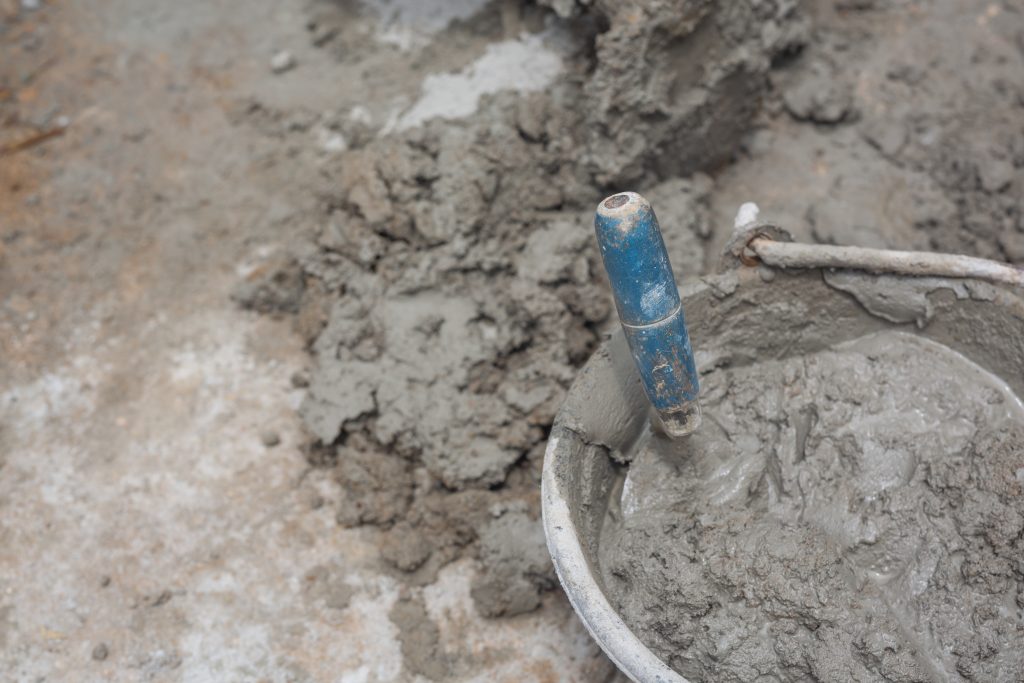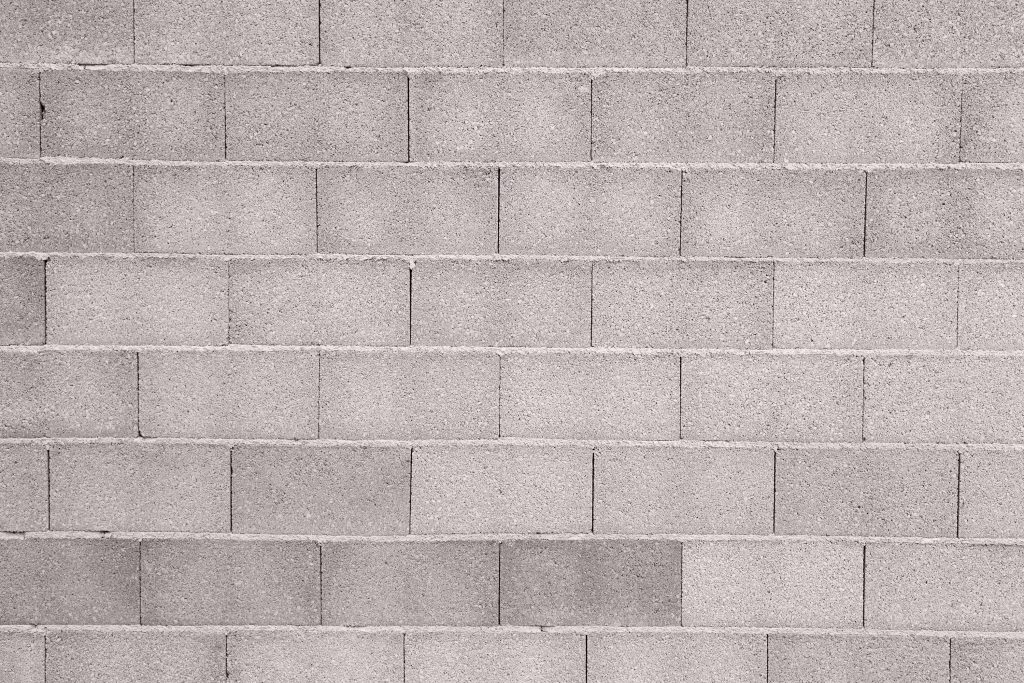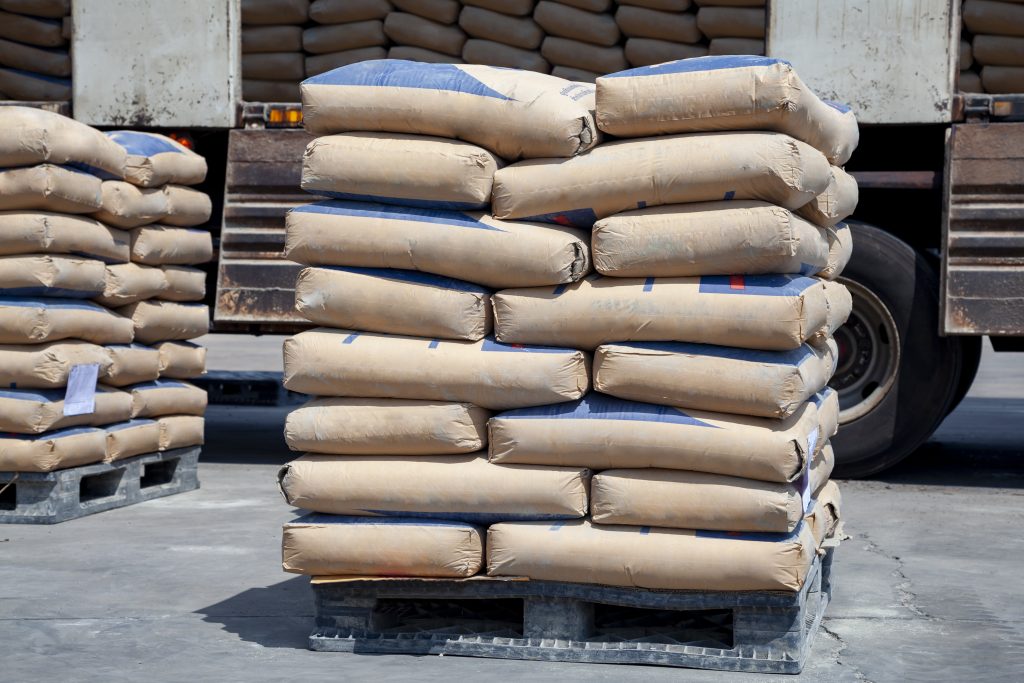In the realm of concrete construction, the water-cement ratio plays a vital role in determining the durability and strength of the resulting structure. Understanding how to calculate and control this ratio is crucial for achieving the desired concrete properties. Here’s a step-by-step guide on how to calculate water-cement ratio in concrete.
What is Water-Cement Ratio?
The amount of cement to the amount of water that is put into a mix of concrete is known as the water-cement ratio. It is a fundamental parameter that influences the workability, strength, and durability of concrete. By adjusting this ratio, engineers and contractors can manipulate the concrete’s properties, making it more suitable for specific applications.
Importance of Water-Cement Ratio
The water-cement ratio in concrete directly affects its durability and strength. An inadequate ratio can lead to various complications, including reduced strength, increased permeability, lower resistance to chemical attacks, and higher susceptibility to cracking. However, an optimal water-cement ratio ensures improved workability, increased strength, and long-term performance of the concrete.
How to Calculate Water-Cement Ratio in Concrete?
The process of determining water-cement ratio involves several steps and considerations. Below is a comprehensive guide on how to find the water-cement ratio that is appropriate for your concrete mix:
1. Determine the Required Strength
Before calculating the water-cement ratio, identify the required strength of the concrete. This information is typically specified in the project specifications or can be determined based on structural requirements.
2. Select the Water-Cement Ratio Range
Based on the required strength and the specific conditions of the project, determine an initial range. Generally, this range falls between 0.4 and 0.6.
3. Estimate the Water Content
Calculate the estimated water content required for a given volume of concrete mix. This can be done by considering the water-cement ratio range, cement content, and aggregate moisture content. Ensure you are using potable water to avoid impurities that can compromise the concrete’s strength.
4. Adjust Water Content
Adjust the initial water content estimation based on factors such as the moisture content, texture, shape and size of the aggregates, admixtures, environmental conditions and other cement additives that may affect the mix’s water demand.
5. Weigh Cement
Weigh the cement required for the concrete mix. Ensure accuracy when measuring the cement as it directly affects the water-cement ratio. The cement usage while mixing concrete must be in accordance with Indian Standard (IS) 456.
6. Determine the aggregate size
Per IS 10262, the maximum water content in a concrete mix may also depend on the aggregate size. Refer to the table below:
| Nominal Maximum Size of Aggregate in mm | Maximum Water Content per Cubic Metre of Concrete |
| 10 | 208 |
| 50 | 186 |
| 40 | 165 |
7. Calculate Water-Cement ratio
Finally, divide the weight of water by the weight of cement to obtain the ratio. The water-cement ratio formula is as follows:
Water-cement ratio = Weight of Water / Weight of Cement
How to Test the Water-Cement Ratio?
Now that you know how to determine the water-cement ratio, it is crucial to test and verify its accuracy. The following methods can be used to test the water-cement ratio:
1. Slump Test
Conduct a slump test to evaluate the workability of the concrete. The slump test measures the consistency and flow of the fresh concrete and provides an indication of the water content.
2. Compressive Strength Test
Perform a compressive strength test on cured concrete samples to ensure that the achieved strength meets the design requirements.
3. Durability Testing
Assess the durability properties of the concrete, such as permeability, resistance to chemical attack, and freeze-thaw resistance. These tests help ensure that the ratio is appropriate for the intended service conditions.
The water-cement ratio is a critical factor in concrete mix design that significantly influences the performance and durability of structures. By understanding and accurately calculating this ratio, construction professionals can optimise the concrete mix to meet specific requirements. It is essential to carefully consider factors such as desired strength, workability, and environmental conditions while determining this ratio. Regular testing and quality control measures will ensure that the resulting concrete exhibits the desired properties and stands the test of time.
Check out our superior-quality cement for all types of construction.
FAQs
How is the concrete strength affected by the water-cement ratio?
When it comes to concrete, cement and water paste bind aggregates to form durable and high-strength concrete structures. When cement is mixed with water, a chemical reaction known as hydration occurs which gives concrete its hardening properties. Therefore, water, and by extension the water-cement ratio, is a key factor impacting the concrete’s strength.
What are the advantages of a low water-cement ratio?
A low water-cement ratio improves the compressive and flexural strength of concrete, enhances durability and resistance to cracking, reduces shrinkage and permeability, and increases the overall lifespan of the structure.
How can we reduce the water-cement ratio in concrete?
To reduce the water-cement ratio in concrete, one can follow these approaches: use a superplasticiser or water-reducing admixture to improve workability without increasing water content, optimise aggregate grading to improve packing and reduce water demand, and ensure proper compaction during concrete placement to minimise voids. Additionally, using high-quality cement with a higher fineness can also contribute to reducing the ratio.














